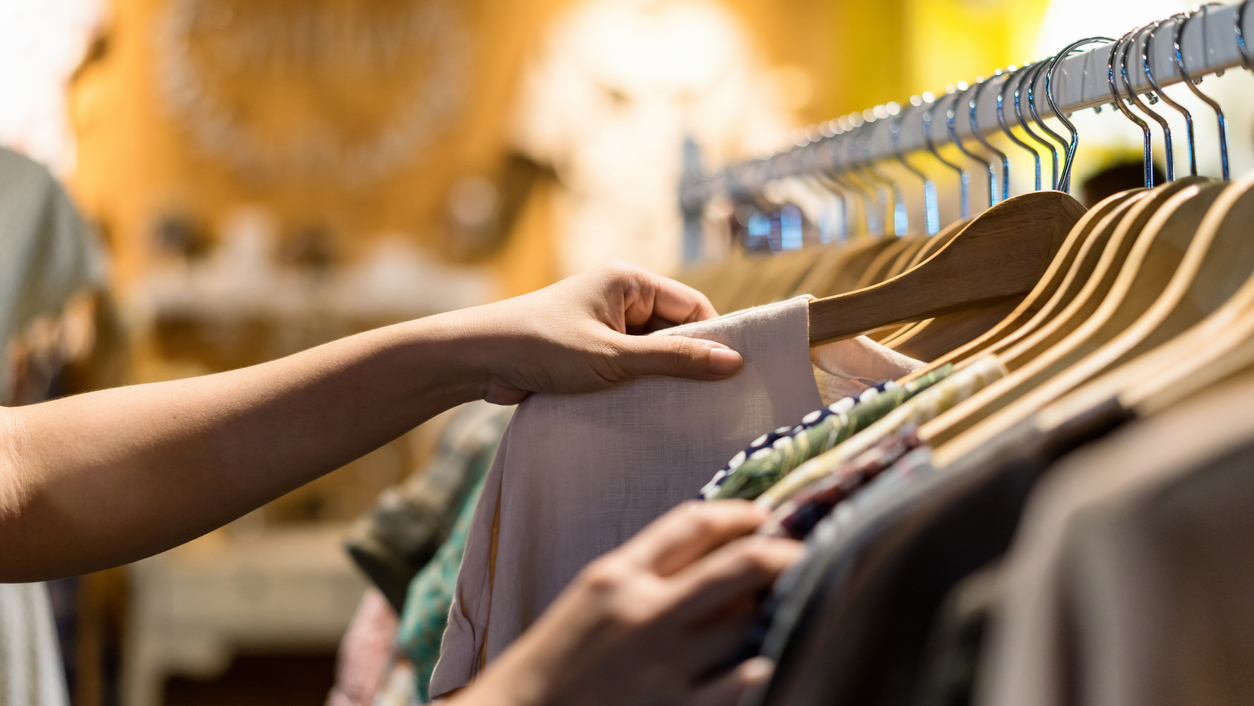Office Hours: Neeru Paharia on the Unique and Sustainable Traits of Luxury Brands

Today’s products are designed to be convenient, and this has negative implications for each of us individually, as well as for the world as a whole. As many luxury and high-end brands start to focus on the sustainability of their products, they are presented with a win-win scenario: better product experiences for users and lower environmental impacts across the full lifecycle. Neeru Paharia, associate professor of marketing, explains how promoting product durability could be an effective strategy to align a sustainability dimension while encouraging consumers to engage in a more sustainable lifestyle for a better world.
What do luxury products and sustainable goods have in common?
Luxury goods possess a unique, sustainable trait of being durable, which includes being long-lasting and timeless in style, thereby allowing them to have a longer lifespan than lower-end products. By closely observing new and secondhand products sold online, as well as asking luxury consumers about their disposal behaviors, we discover that high-end goods can be more sustainable than ordinary products due to their longer lifespan and the environmentally friendly ways in which they are disposed.
Why is it that consumers have such a hard time seeing sustainability and luxury as being compatible?
Despite the long-lasting nature of high-end goods, sustainable luxury can be a paradoxical concept for consumers because many of them neglect the durability inherent in luxury products. We observe that consumers prefer to buy multiple mass-market products instead of fewer, high-end items. That is due to product durability neglect — a failure to consider how long products will last — even though durability is an important product attribute that consumers genuinely value.
How can we slow the fashion cycle?
Marketers and brands also have an active role in determining how quickly goods are consumed, as the speed with which brands launch new products influences how quickly the existing goods become old-fashioned and discarded. Many new collections are designed to have quick turnovers as certain trends and aesthetics are meant to evolve from season to season.
Some fast-fashion brands, such as Zara and H&M, launch new items in two-week cycles. Recently, however, some high-end brands have started to challenge this notion and advocate for slower fashion cycles. Louis Vuitton, Off-White, Gucci, and Dries Van Noten are actively trying to slow down their fashion cycles by creating collections with “less unnecessary products” and a focus on fewer, longer-lasting pieces. High-end brands slowing down the pace of the new collections may send a positive signal to consumers that they should buy less frequently and value the long-lastingness of the products.
If product durability can be an essential trait that helps foster sustainable consumption, how can marketers help consumers focus on durability?
We find that when the long-lasting nature of high-end products is emphasized, consumers are more likely to overcome their durability neglect and buy fewer, but better high-end products. In this regard, product durability can be an essential trait that helps foster sustainable consumption practices as purchasing fewer, more durable products not only contributes to less waste production, but also offers tangible benefits to both consumers and companies. While consumers can actively participate in the sustainability movement by selectively purchasing fewer, durable products that last longer, companies also can benefit from emphasizing product durability, an appealing and timely attribute that directly relates to sustainable luxury.
Focusing on the durability aspect of sustainability can be an effective marketing strategy for high-end brands to promote their products while at the same time helping consumers engage in more sustainable consumption practices. That is, emphasizing product durability may shape consumers’ actual purchase behavior while promoting an attribute central to luxury brands. In fact, two notable campaigns that directly speak to our findings include Patagonia’s Buy Less, Demand More advertisement, which posits that purchasing buying fewer, more durable Patagonia products is good for consumers and the environment, as well as Patek Philippe’s iconic Generations campaign, which proposes that the brand’s watches are so durable and timeless that consumers merely look after them for the next generation. Therefore, we recommend that marketers and brand managers of high-end products emphasize the durability of their products to help consumers overcome product durability neglect and nudge them towards buying fewer, better goods for a more sustainable future.
